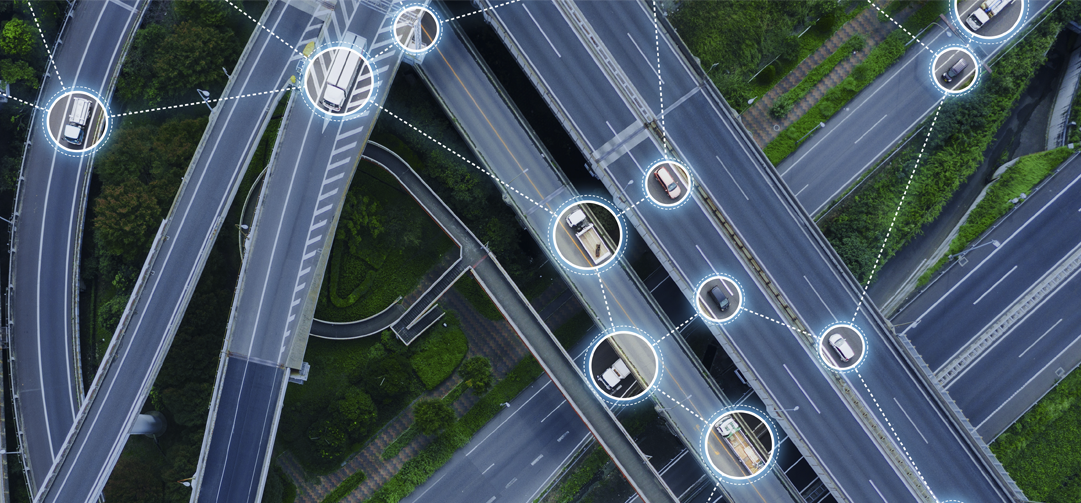Intelligent Transport Systems: Innovating for the transport of tomorrow, today
Intelligent Transport Systems (ITS) are vital to the future sustainability of the transport sector. With a focus on increasing road safety and tackling Europe’s growing emission and congestion problems, they can make transport safer, more efficient, and more sustainable by applying various information and communication technologies to all modes of passenger and freight transport. Moreover, the integration of existing technologies can create new services. ITS are key to support jobs and growth in the transport sector of the future.
In the coming years, the digitalisation of transport in general and ITS in particular are expected to take a significant leap forward. As part of the Digital Single Market Strategy, the European Commission aims to make more use of ITS solutions to achieve a more efficient management of the transport network for both passengers and business alike.
ITS will be used to improve journeys and operations on specific and combined modes of transport as well as tackle some of the key issues that our sector faces in the short and medium term.
Environmental Impact
There are relatively few ITS systems and services that specifically address environmental objectives. But ITS can help to reduce emissions and save energy through better demand management and optimization, including the use of road charging.
Waste Reduction
Logistics, as we know is very big business, the road freight sector alone is valued at a staggering $2.2 trillion, and it is growing by almost 5% each year.
Up to 30% of Europe’s delivery trucks are operating empty, which means that approximately 35 billion km are driven annually by delivery vehicles with nothing in, the figure for longer distance international logistics is approximately 12%.
Driver Shortages – A growing Crisis
According to research from IRU, the European road transport sector is facing a 13-point increase in driver shortages in 2020.
IRU carried out research amongst small and medium transport and logistics companies in a number of European countries, calculating the commercial freight driver shortage on the continent to rise from 23% in 2019 to 36% in 2020.
According to IRU’s report, Poland and Romania are two of the most heavily impacted European countries. In Poland, driver shortage stands at 22% and is expected to jump by 15 points this year.
In Romania, the situation is even more critical as the 50% driver shortage recorded in 2019 is foreseen to reach 62% this year.
Intelligent Transport Systems – Case Study: Trucksters
If we consider the Trucksters platform (A Spanish tech startup based in Madrid), their advanced system offers transport services using an innovative driver-relay system based on Artificial Intelligence and sophisticated algorithms.
The platform constantly analyses its network of drivers and carriers across Europe to ensure that loads are routed and delivered as efficiently as possible, reducing the amount of empty running, maximizing the movement of the load and at the same improving the welfare of drivers by reducing the time that they need to spend away from home, something that all transport companies will need to consider as part of Europe´s new Mobility Package, which was recently approved and will be implemented during the next 2 years across all member states.
In theory, this type of technology can help address the major problems that currently exist, a significant reduction in empty running will not only improve efficiency but will also be significantly more beneficial for the environment and help governments move towards their emissions targets. Less wasted mileage will go some way to addressing the driver shortages that the sector faces, meaning the same work can be done with less drivers if managed correctly.
In addition to these platforms, and as discussed in some recent Vrio Overdrive articles, the introduction of alternative fuels, autonomous and connected vehicles, smart highways and the digital CMR are just the beginning of what is sure to be the beginning of a digital revolution for the transport sector.
The challenge and key to delivering these objectives will be ensuring that all countries develop and advance in a consistent way, reducing the fragmented approach that has existed in the past to ensure that our transport sector is harmonized and aligned across Europe in the future to help take advantage of the opportunities that lie ahead.




